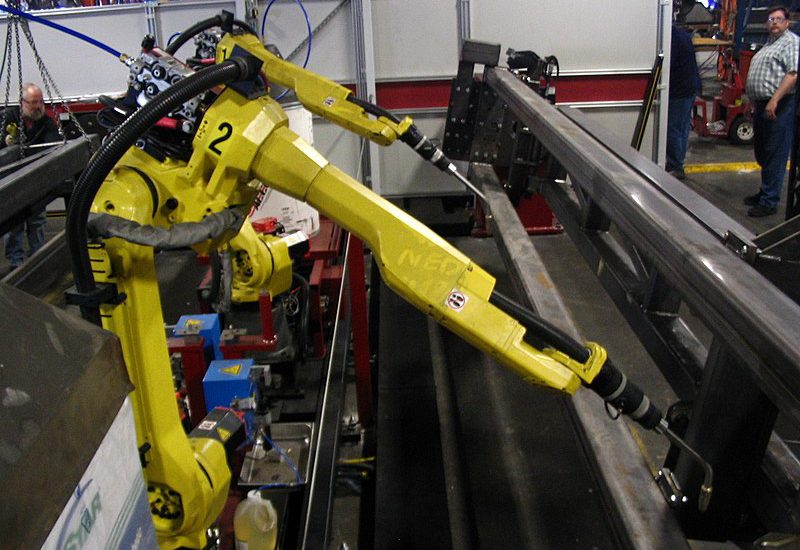- February 13, 2019
- Posted by: David Marshall
- Category: Management

The biggest hurdle manufacturers face in adopting modern methodologies and digital transformation is not the technology, it’s developing the cultural acceptance for change and its outcomes.
It generally fails because of a lack of commitment of top leadership. That’s because people left to their own devices, without a clear vision of what they want and an absolute buy-in to the outcome, will do what they believe is right, which is not necessarily right for the enterprise.
I can’t believe a manufacturer would ever try to adopt modern methodologies without leadership buy-in or involvement.
 Not that I think a manufacturer would be so foolish as to try it. Rather, I’m stunned that so many manufacturers actually do try it while the executive leadership can’t be bothered to get involved or have a stake in its success.
Not that I think a manufacturer would be so foolish as to try it. Rather, I’m stunned that so many manufacturers actually do try it while the executive leadership can’t be bothered to get involved or have a stake in its success.
Bigger companies will create fancy, nonsensical titles like Chief Information Officer or Chief Technology Officer to oversee a project. But this doesn’t necessarily change the outcome of the adoption. That only depends on the quality and motivation of the leadership at the very top — the CEO, COO, President.
That’s because C-level executives are often just a hired gun and not a person with the vision to pull it off. That vision often comes from further down the line.
But if those with the vision want to actually see these changes happen, they have to get the top leadership to be the champion of change in order to get everyone else to buy into it and make it happen. Otherwise, it’s a lonely thankless task, and those modern methodologies are just a pipe dream.
That Time Someone Told Me to Shut Up and Fix a Problem
When I first started at Robroy, Billie Traywick was the Controller for the company. She was spearheading a new enterprise software system that was going to vastly change the way we were doing things. We had been using a different system in the past, and this new system required a whole new way of working and thinking.
This new system was causing a lot of unbelievable pain throughout the organization, and I was getting very frustrated with it all. I got to the point where I said since it was causing so much damn pain, we might as well throw it out and start again.
That’s when Donna sat me down and more or less said, “Shut up and listen to me!”
She explained that the problem wasn’t the system, it was that the users were not competent on its proper usage. She said that if we would make them competent on the system, it would work very well and the pain would be gone.
Well, that certainly got my attention, and I knew better than to give her anything less than 100% commitment to its success. So I required everybody in their jobs to create written procedures for their own function within the new system to show that:
- They understood the system.
- They followed the proper procedures so that it would work.
- If they ever left, someone could come into their position and be competent by following the procedures.
As a result, everyone got good at using the system, and it became a smashing success for the company and changed a lot of our internal operations. All because someone made sure I bought into the modern methodologies in the first place.
I’ve been a manufacturing executive, as well as a sales and marketing professional, for a few decades. Now I help companies turn around their own business. If you would like more information, please visit my website and connect with me on Twitter, Facebook, or LinkedIn.
Photo credit: Phasmatisnox (Wikimedia Commons, Creative Commons 3.0)

